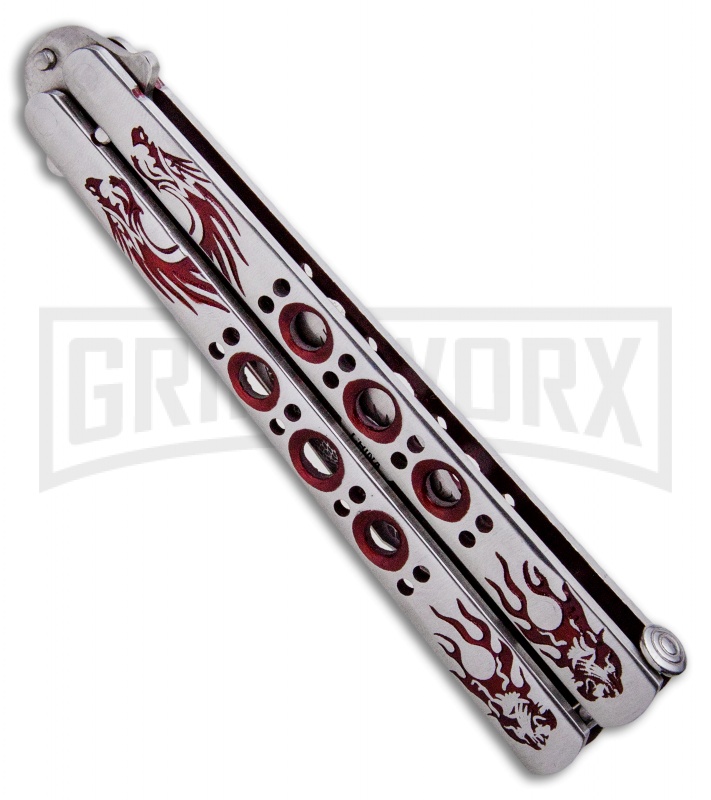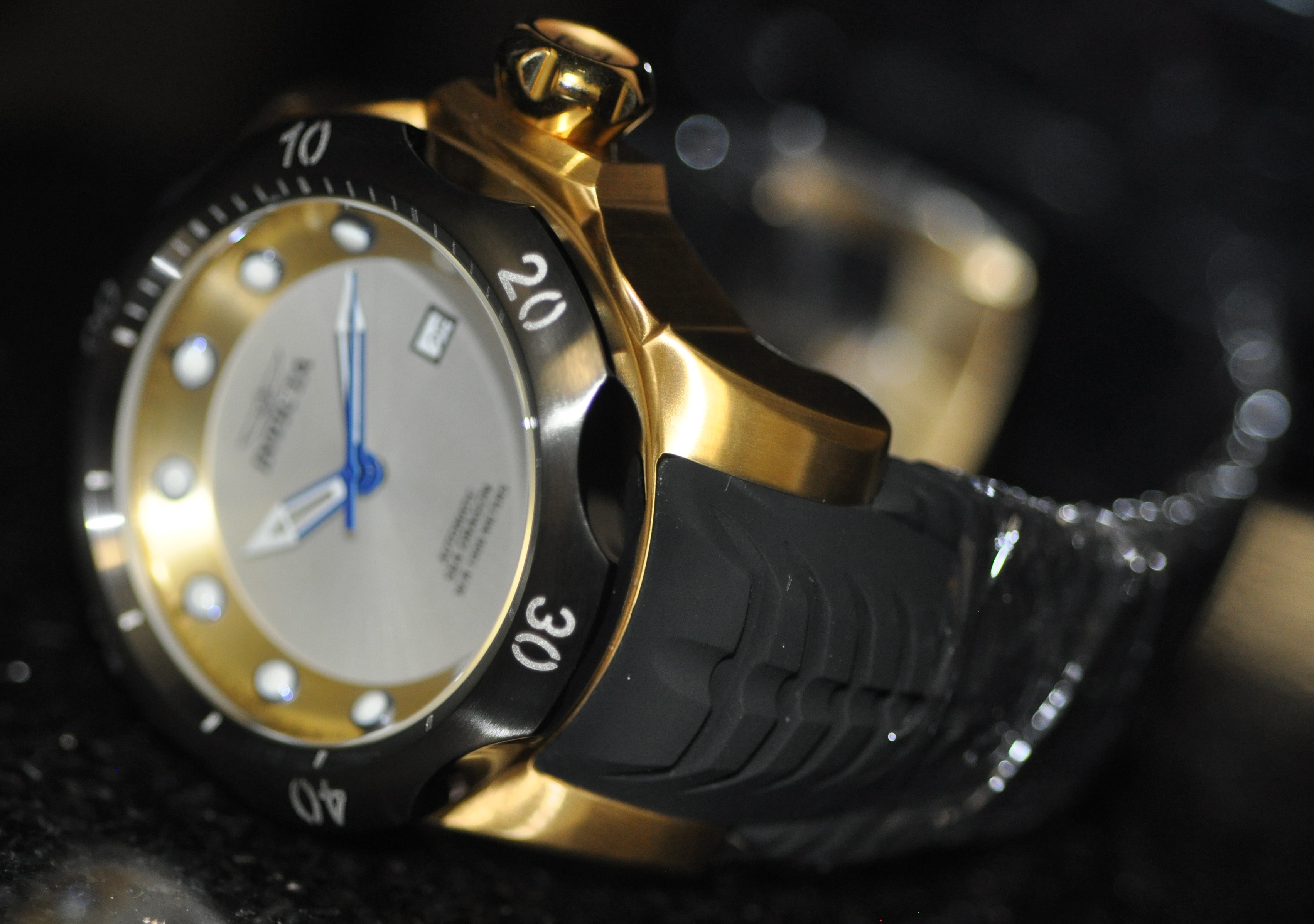

Some companies produced dice that were more random than others, but even then, they were not found to be truly random. These studies confirmed that even dice manufactured within the same company under the same conditions could vary significantly from each other, and are not truly random. There are a number of companies that manufacture dice, and some more rigorous tests (than the one described above) have been performed on dice manufactured by different companies in an effort to determine how truly random the dice (mostly d20 dice) are.

However, unless this test is performed numerous times, or the dice is heavily unbalanced, the user is not likely to notice a significant difference. If it is not well balanced, you will be more likely to notice certain numbers occurring more often.

There are also non-numeric dice, dice that do not follow a counting sequence that begins at one, and spherical dice. Dodecahedron: 12 faces – the yellow dieĪlthough the image shows some of the more common die shapes, there are many other polyhedral dice, or dice of other shapes.Pentagonal trapezohedron: 10 faces – the orange, non-cubic die.The most commonly used dice shapes are shown in the image, and listed below. Some other well-known tabletop games include Monopoly, Risk, Dungeons and Dragons, and Settlers of Catan. Examples of tabletop games that involve the use of dice include games like backgammon, Boggle, and Yahtzee, where dice are a central component of the game. They are typically used for tabletop games, which include a wide variety of games, as well as for gambling. A dice is typically a small, throwable object that has multiple faces (most commonly six) and possible positions that indicate a number (or something else), used for generating random numbers and events.


 0 kommentar(er)
0 kommentar(er)
